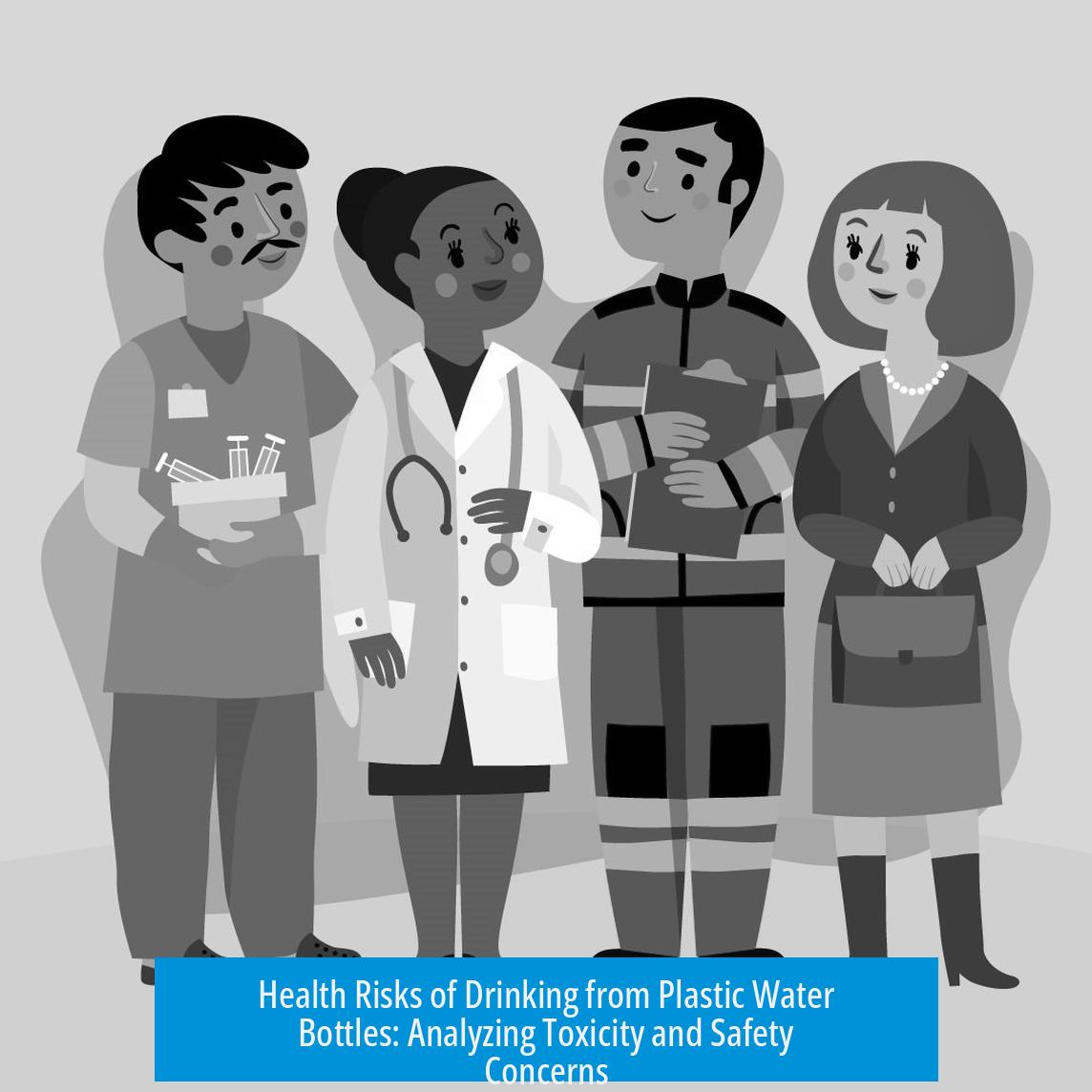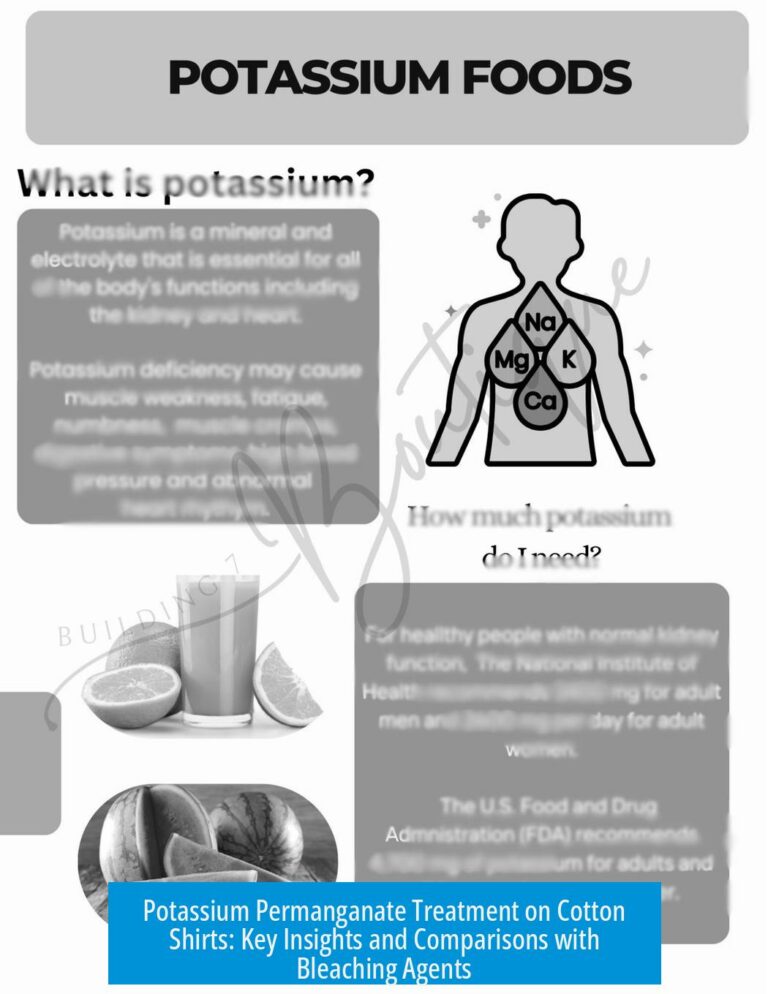How Toxic or Harmful Are Plastic Water Bottles to Human Health?
Plastic water bottles pose some health risks, primarily linked to chemical leaching and microplastic contamination, especially when reused or exposed to heat. However, regulations limit exposure to the most harmful substances like BPA, and current evidence suggests risks are generally low with typical use. The long-term effects require further research.
Plastic Breakdown and Reuse Risks
Disposable plastic water bottles are designed for single use. Reusing them increases plastic degradation. This breakdown releases more plastic particles and chemical residues into the water. These substances can include additives used to soften or stabilize the plastic.
Repeated use causes structural damage to the bottle. Small cracks and surface wear allow chemicals to leach at higher levels than from a new bottle. Consequently, users who refill and reuse bottles may ingest higher amounts of these particles and compounds.
Leaching of Plasticizers and Additives
Plasticizers such as phthalates and other additives can migrate from the plastic into the water. These chemicals are added to improve plastic flexibility but may disrupt human endocrine systems or cause other health effects if ingested excessively.
Bottled water manufacturers often include expiration dates for this reason. Over time, the integrity of the bottle declines, increasing the risk of chemical leaching. This expiration date helps limit consumer exposure to potentially harmful substances.
Regulatory Oversight and Safety Controls
The Environmental Protection Agency (EPA) strictly regulates plastic formulation and additives in applications involving water contact, including pipes and containers. Additives considered harmful are tested for their leaching potential.
Regulatory limits set safe thresholds for chemical migration to ensure public safety. These limits take into account exposure through water transport and storage. However, daily exposure from bottled water bottles may differ because bottled water is often stored in confined, less diluted environments.
This regulatory framework reduces risk but does not eliminate it entirely. Consumers should be aware that plastic composition and how the bottle is used influence safety.
Microplastics: An Emerging Health Concern
Microplastics are tiny plastic fragments often released during bottle use. Research on their health effects is ongoing with limited conclusive data. These particles have been detected in bottled water and plastic food containers.
Microplastics can enter the human body through ingestion. Some studies show that plastic containers may release microgram-level amounts of microplastics with each use, enough to interfere with laboratory experiments.
While the full impact on human health is unclear, initial data suggest microplastics may pose risks such as inflammation or chemical exposure due to absorbed pollutants. The field lacks definitive recommendations due to research challenges and variability in exposure.
The Status of High-Risk Plastics like BPA
BPA (Bisphenol A) has been associated with hormone disruption and other health issues. Fortunately, BPA is largely banned in food and drink containers, including water bottles produced for consumer use.
This ban significantly reduces exposure risk from bottled water, which formerly contained BPA. Current manufacturing standards use BPA-free plastics that are deemed safer, though alternative plasticizers are still under study for potential health effects.
Summary of Health Considerations
- Reusing disposable water bottles increases breakdown and chemical leaching risk.
- Plasticizers such as phthalates can migrate from bottles, especially over time.
- EPA regulations limit harmful additives and their leaching in plastics.
- Microplastics from bottle use pose emerging concerns but lack conclusive health impact data.
- BPA, a major harmful plastic additive, is mostly banned in bottled water containers.
Practical Recommendations
- Avoid reusing disposable plastic bottles to reduce chemical leaching.
- Store bottled water in cool, shaded places to minimize plastic breakdown.
- Prefer BPA-free and phthalate-free labeled bottles when possible.
- Consider alternatives such as stainless steel or glass bottles for repeated use.
- Follow expiration dates to limit exposure to leached chemicals.
Concluding Notes
Plastic water bottles have some inherent toxicological risks tied to their chemical composition and degradation over time. Regulations and bans on hazardous additives help protect consumers. The most significant concerns arise with bottle reuse, long storage, and microplastic ingestion. Future research is essential to fully understand long-term health outcomes.





Leave a Comment